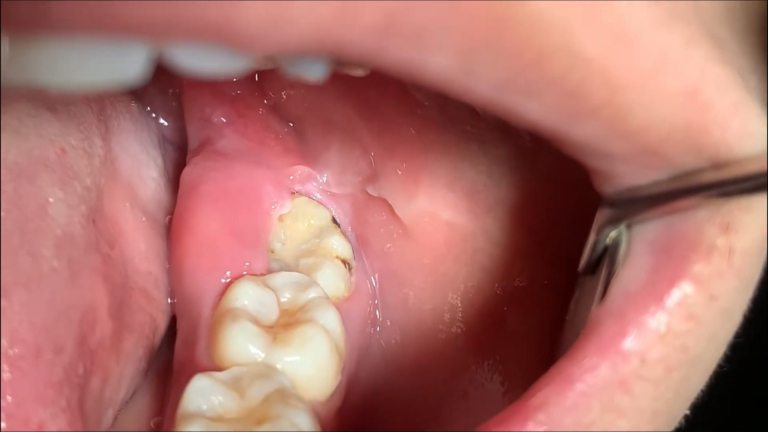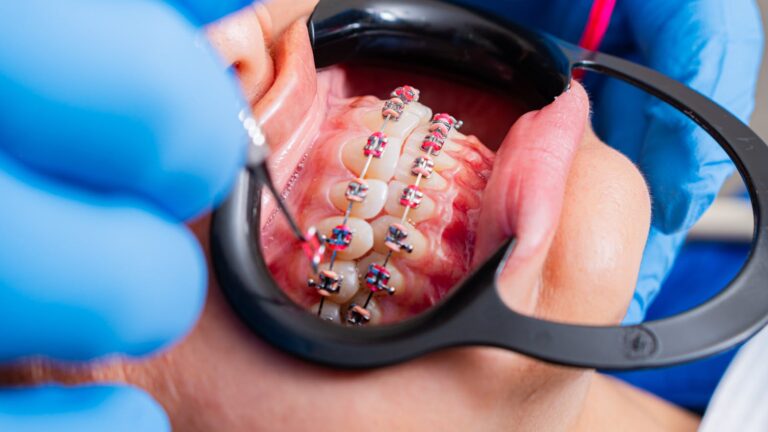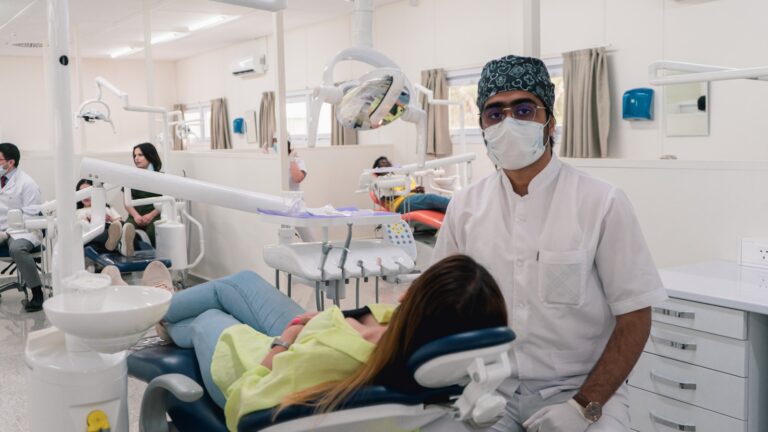How Long Does Wisdom Tooth Extraction Pain Last?
Let’s face it—when most people hear the words “wisdom tooth extraction,” the first thing that comes to mind is pain. And it’s a fair concern. While the procedure itself is done under anesthesia and is painless, the real question everyone wants answered is: **how long does the pain last afterward?**
The truth is, recovery varies from person to person, but I’m here to break it down so you know exactly what to expect—and how to make it easier on yourself.
Immediate Post-Surgery Pain (Day 1–2)
Right after the procedure, your mouth will still be numb from the local anesthesia or sedation. Once that wears off (usually within 2–4 hours), you’ll begin to feel some **soreness, tightness, and mild discomfort** around the extraction site. This pain is typically **dull to moderate** and most noticeable when swallowing, speaking, or trying to open your mouth wide.
Most patients manage this with:
– Prescribed or over-the-counter pain medications
– Cold compresses (especially within the first 24–48 hours)
– Rest and limited jaw movement
This stage is usually the **most uncomfortable**, but it’s also the shortest.
Moderate Pain and Swelling (Day 3–5)
By the third day, **swelling often peaks**, and you may notice bruising along your cheeks or jaw. While the sharp edge of the pain starts to subside, a **throbbing sensation or tightness** may persist—especially when eating, talking, or yawning.
It’s important during this phase to:
– Keep your head elevated while resting
– Stay on top of your medication schedule
– Continue with soft foods and avoid anything too hot or crunchy
If you follow your aftercare instructions closely, most people report that the pain becomes significantly more manageable around day 4 or 5.
Gradual Healing and Residual Soreness (Day 6–10)
As the swelling decreases and the tissues begin to heal, pain tends to shift from sharp or throbbing to a **dull ache or mild tenderness**—especially when applying pressure near the area or chewing on that side. Some people experience **itchiness** or tingling around the extraction site, which is actually a good sign: it means the tissue and nerves are starting to repair.
During this stage, most patients can:
– Return to light activities or work
– Begin eating a wider variety of soft foods
– Talk and move their jaw more comfortably
By day 7 to 10, the pain is usually **minimal to none**, although full healing of the gum and bone can take several weeks.
When Pain Lasts Longer Than Expected
While some tenderness and soreness are perfectly normal after wisdom tooth extraction—especially during the first 5 to 7 days—pain that lingers, intensifies, or suddenly returns after initial relief could be your body’s way of signaling that something’s not quite right.
Most people notice a gradual improvement each day following surgery. So if you experience increasing discomfort after the first week, or if the pain becomes sharper or more widespread, it’s time to take a closer look. Let’s break down the most common causes of prolonged or abnormal post-extraction pain:
1. Dry Socket (Alveolar Osteitis)
This is the most frequently reported complication after wisdom tooth surgery—and also one of the most painful. Normally, after a tooth is extracted, a protective blood clot forms over the socket, serving as a natural bandage for the bone and nerves underneath. But in some cases, that clot either fails to form properly, becomes dislodged, or dissolves too early.
Without that protective barrier, the sensitive bone and nerve endings are left exposed to air, food, and bacteria, causing a deep, throbbing pain that can radiate to your ear, temple, or jaw. You may also notice:
- A bad taste in your mouth
- Unpleasant breath, even after brushing
- A visible empty socket that appears dry or whitish
Dry socket typically develops 3–5 days post-surgery and requires a return visit to the dentist, where the site can be gently cleaned and packed with a medicated dressing to soothe the pain and encourage healing.
2. Infection at the Surgical Site
Although infections are relatively uncommon, they can happen—especially if bacteria invade the healing tissue. Signs of infection often include:
- Increased swelling or redness around the gums
- Throbbing pain that worsens instead of improves
- Fever, chills, or general fatigue
- Drainage of pus, or a sour, foul taste in your mouth
Oral infections may start subtly, so it’s important to monitor changes in your symptoms day by day. Fortunately, most infections are easily treated with antibiotics, but early intervention is key to preventing it from spreading to nearby tissues or the bloodstream.
3. Food Debris Trapped in the Socket
In the days after extraction, it’s easy for small bits of food to accidentally become lodged in the healing socket, especially if you resume solid foods too soon. This can cause irritation, pressure, and a localized ache that feels similar to a developing infection.
While not always dangerous, trapped food can become a breeding ground for bacteria if not addressed. Gentle warm saltwater rinses (starting on day 2 post-op) can help flush the area, but if the discomfort persists, your dentist may need to carefully clean the site during a quick in-office visit.
If your pain suddenly increases, radiates to your ear, or is accompanied by fever or bad taste, it’s best to contact your dentist right away. Most complications are easy to manage when treated early.
Tips for Easing the Pain and Speeding Up Recovery
Recovering from wisdom tooth extraction doesn’t have to be overwhelming. With the right habits, a little patience, and a touch of planning, you can minimize discomfort, reduce swelling, and help your body bounce back faster. Here’s a deeper look at how to take care of yourself in the days following surgery:
1. Choose the Right Foods: Think Soft, Cool, and Nutrient-Rich
In the first few days after surgery, your mouth will be tender, and chewing will be the last thing you want to do. Stick to a soft food diet to avoid irritating the surgical sites. Great options include:
- Greek yogurt, which is cooling, protein-rich, and soothing to inflamed tissue
- Mashed potatoes or pureed vegetables, which are gentle on the gums and provide essential nutrients
- Applesauce, smoothies (without a straw!), scrambled eggs, and broth-based soups
Avoid anything hot, spicy, crunchy, or sticky, as these can disrupt clot formation, irritate the wounds, or even get stuck in the sockets. Try to chew on the opposite side of your mouth if only one side was treated.
2. Skip the Smoking, Alcohol, and Straws—Seriously
It might seem harmless, but actions like smoking or sipping through a straw can create suction in your mouth, which may dislodge the protective blood clot from the extraction site. This is the fastest route to a painful condition known as dry socket.
In addition:
- Smoking reduces blood flow, delays healing, and increases infection risk
- Alcohol can interfere with medications and dry out healing tissues
- Straws (even for smoothies) create suction that risks disrupting clot formation
For best results, avoid these completely for at least 72 hours, and ideally for a full week after surgery.
3. Saltwater Rinses: Gentle, Effective, and Healing
Starting on day two, begin rinsing your mouth gently with warm salt water a few times a day—especially after eating. This helps:
- Clean out food particles and bacteria
- Reduce inflammation and discomfort
- Promote healthy tissue regeneration
Mix about ½ teaspoon of salt into a cup of warm water and swish gently. Do not spit forcefully—just let the waterfall out of your mouth to avoid disturbing the healing socket.
4. Rest Is Medicine Too
Wisdom tooth recovery isn’t just about managing your mouth—it’s about letting your whole body recover. Rest as much as possible in the first few days, especially during the first 48 hours when your body is working hardest to control swelling and start the healing process.
- Prop your head up with pillows to reduce swelling
- Avoid bending over or lifting heavy objects
- Skip workouts or high-impact activities until you’re pain-free
Even a short walk can raise your heart rate and lead to increased bleeding or throbbing pain—so take it easy. You’re not being lazy; you’re letting your immune system do its job.
5. Don’t Skip Your Follow-Up Appointment
It’s easy to assume that if things are feeling better, you don’t need to go back. But that post-op visit isn’t just a formality—it’s a key part of your recovery.
During the follow-up, your dentist or oral surgeon will:
- Inspect the healing sites for signs of infection, dry socket, or other issues
- Clean out debris, if needed
- Reassure you that everything is healing properly—or adjust your care if it’s not
Even if you feel okay, they might catch something early that prevents a future problem.
Final Thoughts
Wisdom tooth extraction pain is real, but it’s temporary—and entirely manageable with the right care and mindset. Most people are back to their normal routines within a week, with only minor tenderness lingering for a few days beyond that.
So, if you’ve got an upcoming extraction on your calendar, don’t stress too much. Trust your dental team, prepare for a little downtime, and remember: healing is a short-term investment in your long-term oral health.
The pain will pass—and your smile will thank you for it.






